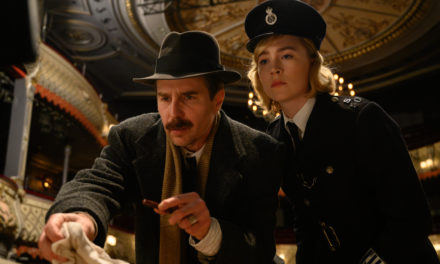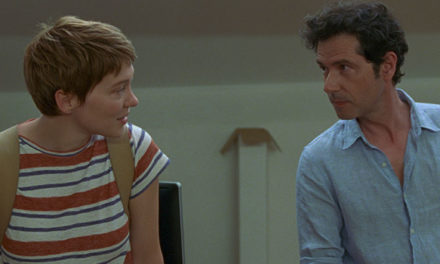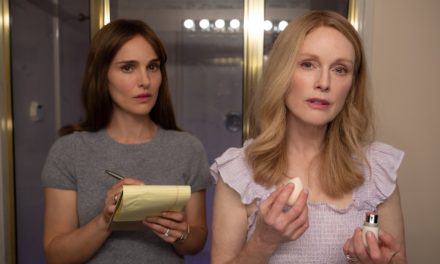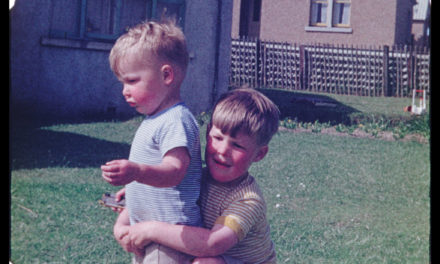I wriggle uncomfortably in the cinema seat trying to hold in yet another cough, my eyes watering; try to sit straight, breath through your nose. Unfortunately another clamour of coughing forces its way out of me. The woman in the row in front gives me a scornful look as if to say: “I’m trying to watch this film and I need you to know you’re ruining my experience.” I try to give a look back as to say “I’m sorry Im doing my best to hold it in, I have a bit of a chest infection at the moment. Plus there are a few other coughing culprits littered around the cinema. Also, the film is subtitled so its not as if you need to hear what they’re saying although if I were in your position I would also probably be equally as annoyed.” But the lady turns back around before I can fully communicate this in my returning glance, besides the cinema is far too dark for such facial nuances to register. I quickly get up and leave my seat as I feel the rumbling of yet another fit coming over me and make my way to the exit, I make a decision to leave (I’m sorry I had to). In the cinema foyer the bar is closed. I have a little cough but at this point the feeling has subsided, perhaps it is the stale, stuffy recycled auditorium air that is the culprit. As I go to get some fresh air I see a cinema attendant and ask if I could possibly get a glass of water. She takes me to the staff room and refills my cup, I thank her and return to my seat. Between half of my attention being reserved for pure willpower to hold in the feeble noises of my rather rude lungs and another half on the film, which I promise I will get to, I couldn’t help but feel a great swell of deja vu surrounding the proceeding. I remember in my first year at university going to the lecture hall for a screening of ‘Vertigo’ and, perhaps with a case of freshers flu or just pure exhaustion from self-inflicted poor living, had a similar public coughing experience. But the similarities don’t end there. As the film went on I found it really strange how much the two films paralleled each other. I began to think perhaps my body had a predisposed rejection to noir.
When interrogated about her husbands death detective Hae-Jun gives the recently widowed Seo Rae two options: he can describe the events to her or he can show her photos. Director Park Chan-wook seems to favour the latter option, visually showing us everything: the past and present, reality and the non-realities of other characters, we see them all play out through a variety of delightfully playful cinematic mechanisms. There is a moment in which the detective re-enacts what he thinks happened and the way the colour grade changes mid shot to indicate a shift from present to past was something I’d never seen before and is so innocuous yet simply communicates its intent. There is a lot in this film that I’d never seen before or was left wondering, how did they do that? Not all of it works, some of the scene transitions are a tad on the silly side but Park still proves to be a unique and boundary pushing filmmaker who will never rests on a shot anyone else could conceive of. On the whole the film looks stunning, having a hypnotic florescence to its damp sharply lit pallet, it feels like staring at a phone screen for too long late at night. The luxurious texture of the visuals shares a lot of its DNA with Park’s recent yet woefully unreceived foray into television with 2018’s ‘The Little Drummer Girl’, that similarly makes the grubby mesmerising.
“the past and present, reality and the non-realities of other characters, we see them all play out through a variety of delightfully playful cinematic mechanisms.”
That isn’t to say this doesn’t bare the hallmarks of Parks singular possessed ability to make melodrama which transcends. His plots have this way of turning and naturally reshaping themselves that is incredibly singular and always feels thrilling. There is an air of obsession that tangibly looms over the film, you feel the push and pulls of a typically unhealthy relationship Park always seems to be morbidly intrigued by. The opening credits appear after not one of the films more action slanted set pieces but after an innocuous conversation between the detective and his wife during dinner in which she claims that 45% of unhappy marriages end in divorce. That is to say, the majority of people will put up with a bad situation opposed to ending it, that the choice to be active that the title alludes to is in itself a social taboo. We see how far one will go to both resolve ugly situations, often to gruesome results, and alternatively the erosion that occurs when this unhappiness is maintained. This all resolves itself in an ending that leaves on a purely poetic mode, we are unsure if this is real or yet another alibi being visually shown.
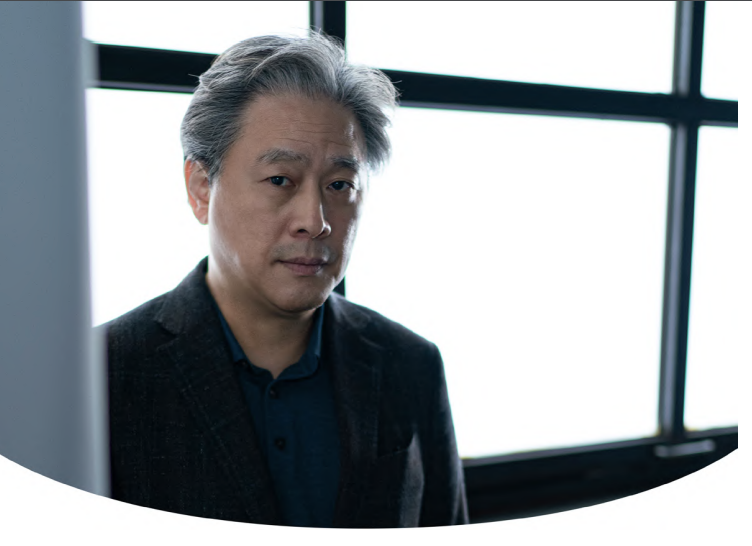
You will be happy to hear that after my short expedition out of the cinema my coughing had subsided and I was able to enjoy the majority of the film to mine, are more importantly, the rest of the auditoriums delight. Despite not being the ideal viewing experience the film was riveting, and a special thank you to the cinema attendant at the GFT who gave me that water, you wouldn’t get that kind of empathy at Cineworld let me tell you.


